Lac Dye
Lac Dye comes from the resin of a scale insect native to the forests of South Asia. As these insects move along tree branches, they secrete a waxy substance known as shellac. Collectors gather this shellac and commonly use it as a varnish for wood instruments and furniture.
Naturally red-tinted, shellac contains a dye that can be extracted and concentrated into a rich, deeply colored powder. Lac Dye produces strong reds with a purple hue, reminiscent of merlot or burgundy.
When paired with an iron mordant, the color shifts dramatically to a royal purple. This dye works beautifully on all natural fibers, including cellulose fibers like cotton, which are often challenging to dye.
Background on Lac Dye
The Varnish Insect
A scale insect called Kerria lacca (formerly Laccifer lacca) produces lac resin as it feeds on the sap of trees in the forests of South and Southeast Asia. As it pierces the bark to reach the sucrose-rich sap, it leaves behind a waxy secretion—shellac.
This natural polymer serves multiple purposes. For example, woodworkers dissolve it in alcohol to create a glossy, waterproof varnish with excellent binding properties. Additionally, food producers use shellac as an edible coating for items like apples and jelly beans.
Lac insects share distant kinship with cochineal, another dye-producing scale insect. Similarly, lac dye responds strongly to changes in pH. When you add cream of tartar to the dye bath, the color shifts toward brick red and penetrates fibers more effectively.
To achieve different shades, use alkaline modifiers to bring out purple tones, and add an iron mordant to produce steely mauve colors. Overall, lac performs well on all natural fibers, and its responsiveness to mordants and pH modifiers makes it an ideal choice for creative experimentation.
Safety Precautions for Lac Dye
- Do not ingest. This extract is intended for textile dyeing only and is not safe as an herbal supplement.
- Avoid eye contact. If contact occurs, rinse immediately with cool water.
- Do not use on skin or hair. This extract is not safe for cosmetic applications.
- Open carefully. Avoid spilling or creating dust when handling the powder.
- Clean spills immediately. Wipe up any powder with a paper towel or disposable rag.
- Protect your surroundings. Lac Resin Extract can permanently stain clothing, rugs, countertops, utensils, and other surfaces. Avoid contact with anything you don’t want dyed.
- Use dedicated equipment. Only use dye pots and utensils reserved for dyeing. Never use the same containers, spoons, tongs, thermometers, or other tools for food preparation.
- Keep out of reach. Store Lac Dye and all dye and mordant solutions away from children and pets. Use only under adult supervision.
- Use responsibly. We are not responsible for misuse, accidents, or damage caused by staining. Follow instructions carefully.
Recommended Supplies for Lac Dye
- Dye Pot: Choose a dye pot large enough to hold all your fibers, allowing ample room for movement and circulation. This prevents dye particles from settling in one area and creating dark splotches.
- Metal Tongs: Use metal tongs for stirring and removing fabric. Reserve a dedicated pair exclusively for dyeing.
- Rubber Gloves: Wear rubber gloves when handling both the extract powder and mordanted/dyed fibers before rinsing.
- Candy Thermometer: Clip a candy thermometer to the side of your dye pot to monitor the temperature accurately.
- Scale: Weigh fibers, mordant, and extract powder precisely with a reliable scale.
- Alum Mordant: Use aluminum potassium sulfate (potash alum) as your mordant. You can also find it in the spice section of your local grocery store.
- Disposable Cup: Mix the extract powder with a small amount of liquid to create a paste using a disposable cup.
Mondanting with Alum
Lac Dye bonds best to fibers that you’ve mordanted with alum. For optimal results, soak the fibers in water for a few hours before mordanting to help the alum penetrate deeply and evenly.
For Protein Fibers (Wool, Silk, Alpaca)
-
Soak the Fibers: Immerse your fibers in water for a few hours to ensure that the mordant penetrates evenly.
-
Weigh Dry Fibers: Weigh the fibers while they remain dry. Calculate 12% of the fiber weight; this is the required quantity of alum.
-
Prepare the Mordant Bath: Fill your dye pot with hot tap water, leaving enough space for the fibers.
-
Mordant the Fibers: Gently place your fibers into the mordant bath.
-
Heat the Solution: Raise the temperature to 180°F and maintain it for one hour. If you see bubbling, lower the heat immediately.
-
Stir Periodically: Stir the fibers every 15–20 minutes to ensure even absorption of the mordant.
-
Cool and Rinse: After one hour, remove the pot from the heat and let it cool to room temperature. Then, wearing rubber gloves, gently squeeze the excess mordant solution from the fibers back into the pot and rinse briefly with lukewarm water.
-
Steep Optional: Alternatively, allow the fibers to steep overnight in the mordant bath to achieve even better results.
-
Dispose Properly: Follow local guidelines for disposing of the mordant solution.
For Cellulose Fibers (Cotton, Linen, etc.)
-
Scour the Fibers: Clean the fibers thoroughly. Traditionally, use a soda ash solution (2 tsp soda ash and 1 drop dish soap in a 5-gallon pot of warm water). Heat the fibers to 180°F–190°F for one hour, stirring occasionally.
-
Rinse Thoroughly: Remove the fibers, rinse, and wring out the water after cleaning.
-
Apply a Tannin: Treat the scoured fibers with a tannin—such as Clear Sumac Extract—to improve receptivity. Fill a dye pot with hot water, dissolve 5% WOF (weight of fiber) of the extract, and simmer for one hour.
-
Cool and Rinse: After simmering, let the fibers cool, remove them from the solution, and rinse well.
-
Mordant with Alum: Follow the same alum mordanting procedure as for protein fibers.
Recipe: Strawberry Red
Dye alum-mordanted fiber with Lac Dye at 5% weight-of-fabric (WOF) in a neutral pH dyebath to produce a vibrant strawberry-colored red. For lighter magenta tones, use half the amount of extract.
Instructions:
- 1. Fill the dye pot: Use warm water, and make sure the pot is large enough for the fiber to move freely.
- 2. Measure and mix the extract: Weigh out 5% WOF Lac Resin Extract (dry fabric weight × 0.05), place the powder in a disposable cup, add hot water, and stir to form a thin slurry—break up all clumps.
- 3. Prepare the dyebath: Pour the slurry into the warm water, stir thoroughly, and allow the bath to turn deep red.
- 4. Add the fiber: Submerge pre-mordanted, thoroughly rinsed, wet fiber into the dyebath.
- 5. Heat the dyebath: Raise the temperature to 170°F for protein fibers or 190°F for cotton, maintain for 1 to 1.5 hours, and stir gently every 20 minutes.
- 6. Cool and rinse: Remove the pot from heat, let it cool to room temperature, take out the fiber, and rinse in lukewarm water to remove loose pigment.
- 7. Final wash (optional but recommended): Either proceed to the detergent rinse or hang the fiber to dry first; then wash with a pH-neutral detergent like Synthrapol following the manufacturer’s directions.
- 8. Dry the fiber: Hang in a safe area where any dripping dye won’t cause stains.
Recipe: Purple Gray
Iron shifts the vibrant red of Lac dye to a steely purple-gray.
Instructions:
- Follow the Strawberry Red recipe: Use the same process for dyeing as described in the Strawberry Red section.
- Use iron-mordanted fiber instead of alum-mordanted fiber: Prepare your fibers following the mordanting method in Section 4, but replace the alum with iron sulfate.
- Mordant with iron sulfate: Weigh 2% WOF iron sulfate (dry fiber weight × 0.02), fill the dye pot with hot tap water, add the iron, and stir until fully dissolved.
- Add the fiber: Submerge thoroughly wetted fiber into the iron mordant bath.
- Heat the mordant bath: Raise the temperature to 180°F and maintain for 30 minutes.
- Cool and rinse: Remove the pot from heat, allow the fiber to cool just enough to handle, then immediately take it out—do not let it steep overnight.
- Rinse thoroughly: Wearing rubber gloves, rinse the fiber well in lukewarm water to remove any excess iron mordant. Unbonded iron can weaken or corrode fibers if left on the surface.
- Proceed with dyeing: Once the fiber is clean and damp, move straight into the dyeing steps from the Strawberry Red recipe using Lac Resin Extract.

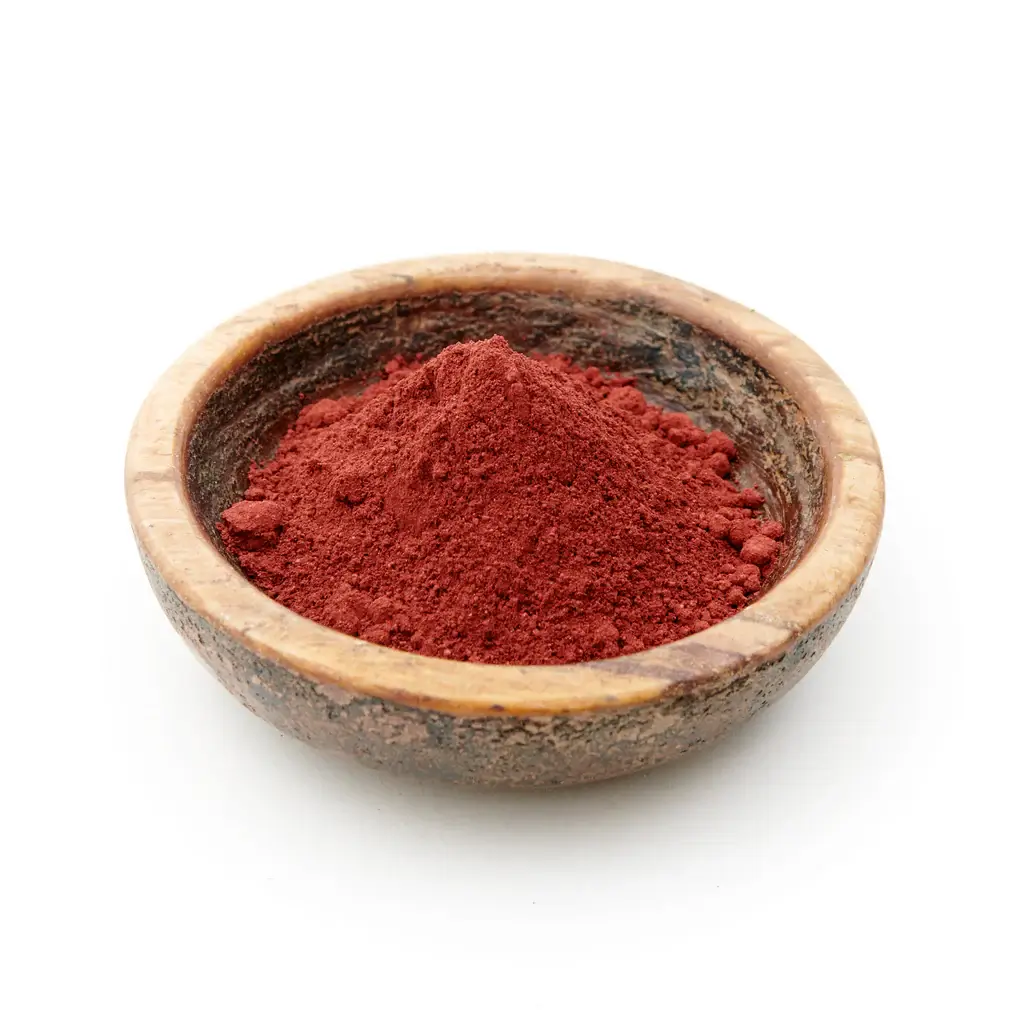
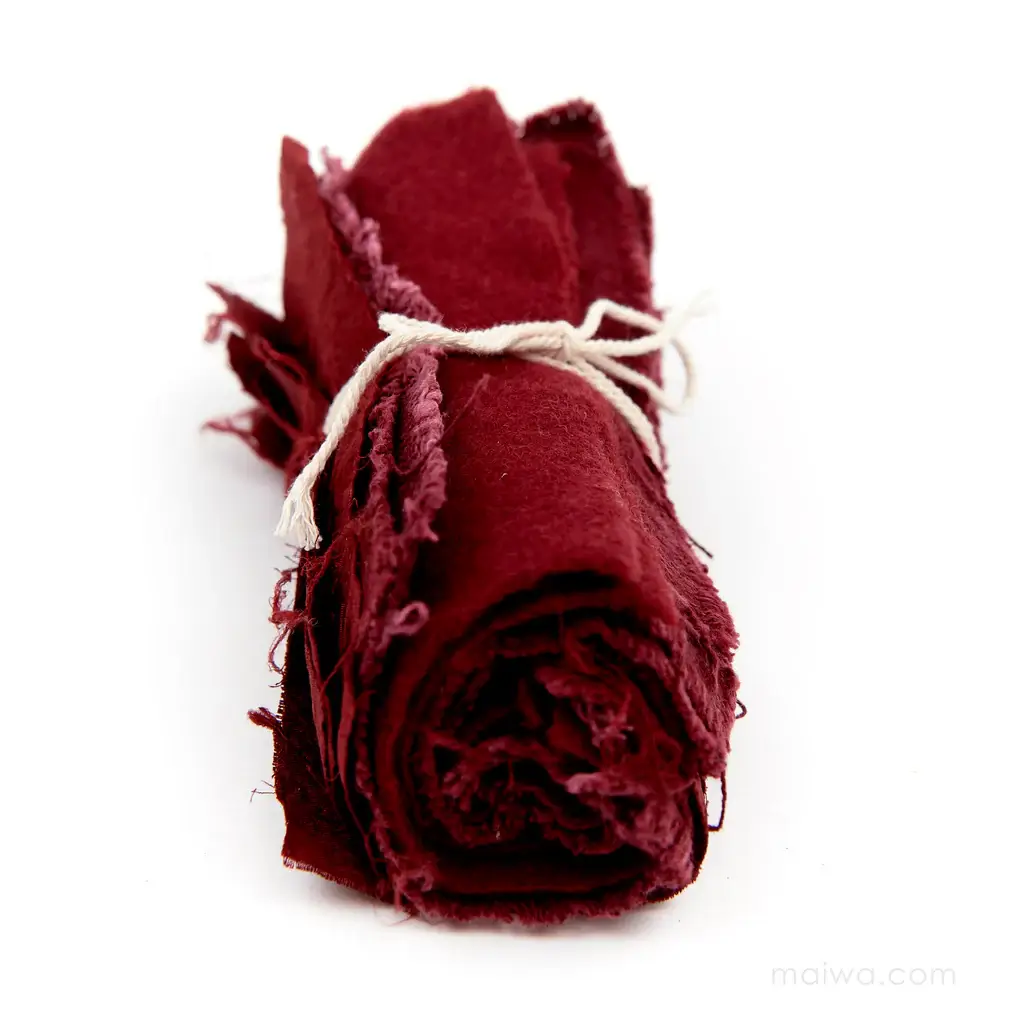
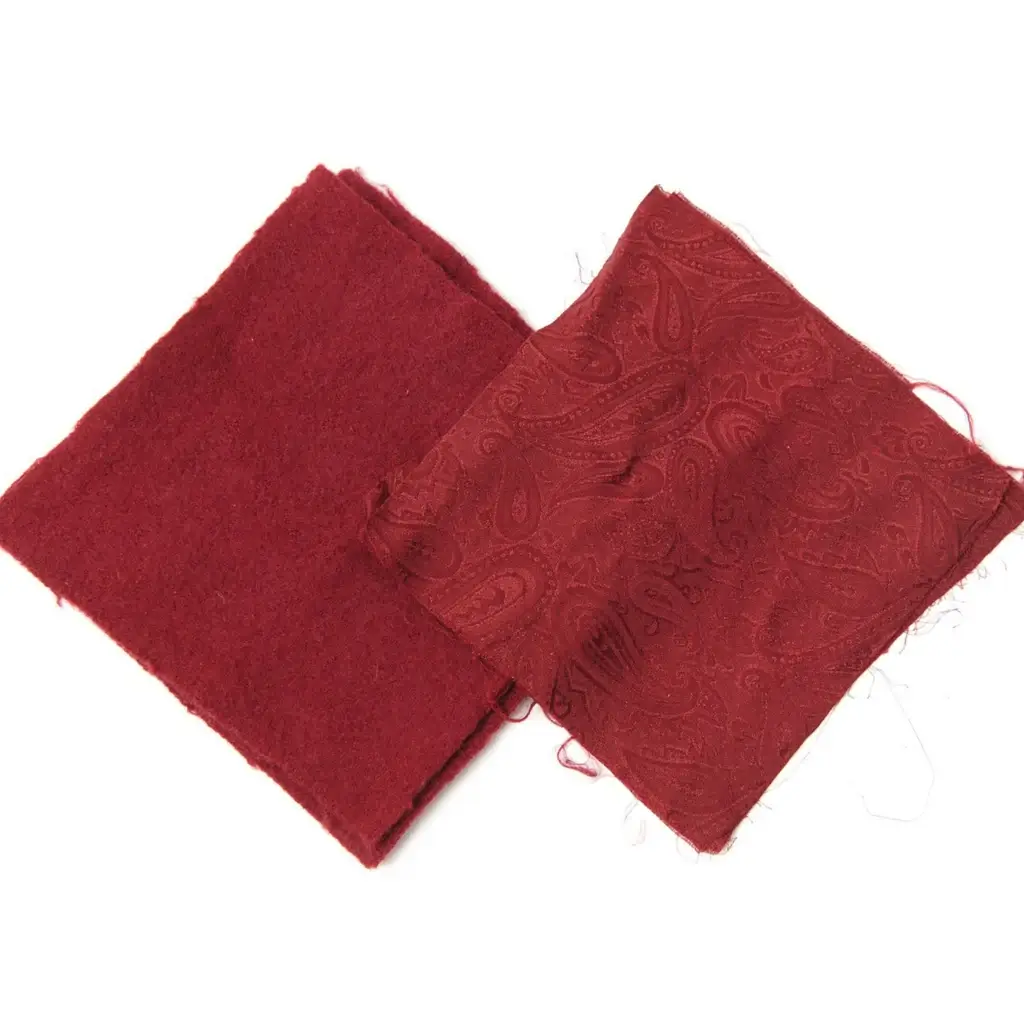
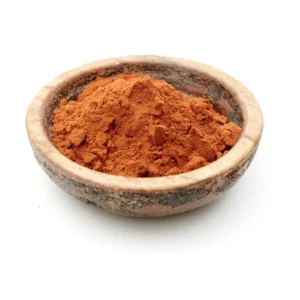
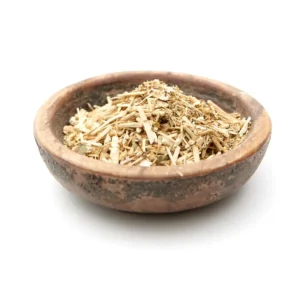
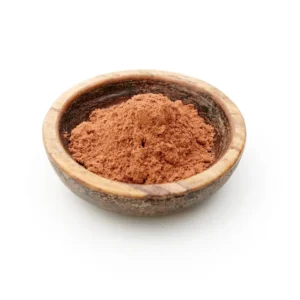
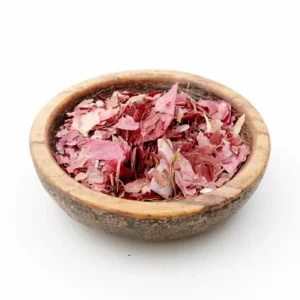
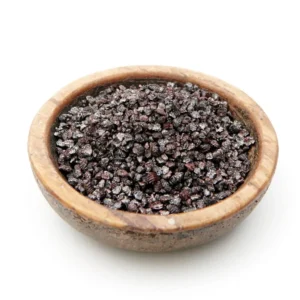
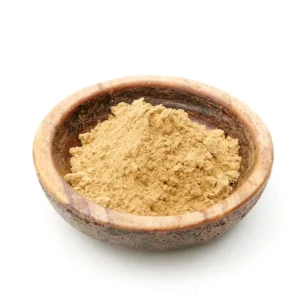
Reviews
There are no reviews yet.